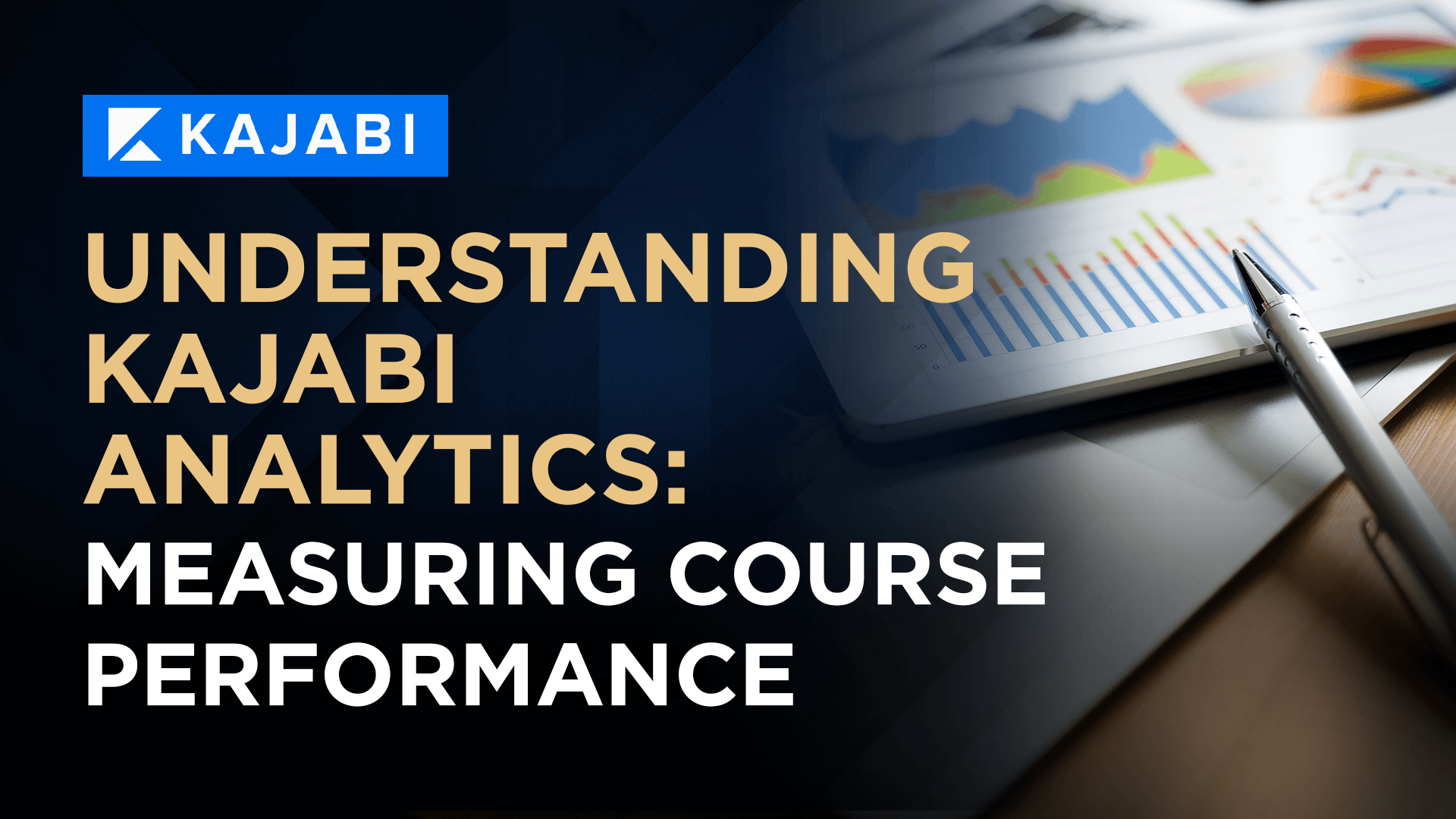Greetings, course creator!
Welcome to the realm of Kajabi, where we embark on a journey to unravel the mysteries of analytics and their role in the success of your online courses. In this exploration, we’ll dive deep into Kajabi’s robust analytics dashboard, a powerful tool that equips you with the insights needed to measure and enhance your course’s performance.
Shedding light on the essential metrics, such as student engagement, conversion rates, and revenue generation, that will guide you in making informed decisions and optimizing your course strategies for lasting success..
Step 1: Navigating Kajabi’s Analytics Dashboard
Upon logging into your Kajabi account, you’ll discover a treasure trove of data in the analytics dashboard. Let’s familiarize ourselves with the essential sections:
- Overview: Get a high-level overview of your course’s performance, including total revenue, active students, and average completion rate.
- Revenue: Track your revenue sources, sales trends, and identify which offers are generating the most revenue.
- Students: Dive into student insights, such as enrollment trends, progress tracking, and engagement levels.
- Marketing: Analyze the effectiveness of your marketing efforts, from email campaigns to social media promotions.
Step 2: Key Metrics to Track Course Performance
To measure the success of your course, keep a close eye on these critical metrics:
- Student Engagement: Monitor how actively your students are engaging with your course content, including video views, quiz completions, and lesson completion rates.
- Conversion Rates: Track the conversion rates at each stage of your sales funnel, identifying any bottlenecks or areas that need improvement.
- Revenue Generation: Understand the sources of your revenue, whether from course sales, upsells, or other products offered within your course.
Step 3: Analyzing Student Behavior
With Kajabi’s analytics, you can gain valuable insights into your students’ behavior and preferences:
- Progress Tracking: Identify the lessons or modules where students tend to drop off or lose interest, allowing you to optimize content for maximum engagement.
- Student Demographics: Understand your audience better by analyzing demographic data, helping you tailor your course to meet their specific needs.
Step 4: Making Data-Driven Decisions
Data is a goldmine of insights, and leveraging it effectively can propel your course to new heights:
- Optimizing Course Content: Use engagement data to refine your course content, ensuring it aligns with your students’ preferences and learning styles.
- Improving Sales Strategies: Analyze conversion rates to identify areas that need improvement and optimize your sales funnels for better results.
- Personalization: With student data at your fingertips, consider offering personalized learning paths and recommendations based on individual preferences.
Step 5: Continuous Course Improvement
Remember that analytics is not a one-time task but an ongoing process:
- Regular Reviews: Schedule regular reviews of your analytics dashboard to stay updated on your course’s performance and identify trends over time.
- Experimentation: Use data-driven insights to experiment with new course strategies, marketing tactics, and content formats to continuously improve your course.
With Kajabi’s robust analytics, you have the power to unlock the potential of your course by understanding your students better and making informed decisions. By using data insights to optimize your strategies, you’ll be on the path to creating a successful and impactful course.
>> Before we conclude, don’t forget to seize your FREE trial of Kajabi, accompanied by $5,995.00 of FREE bonuses, by visiting https://danlok.com/kajabi/.
>> And for more invaluable knowledge, make sure to watch my FREE masterclass on how to get paid for what you know at https://www.getpaidmasterclass.com.
Look out for tomorrow! Day 13 is all about pricing your Kajabi Course.
To your unstoppable success,
Dan Lok



